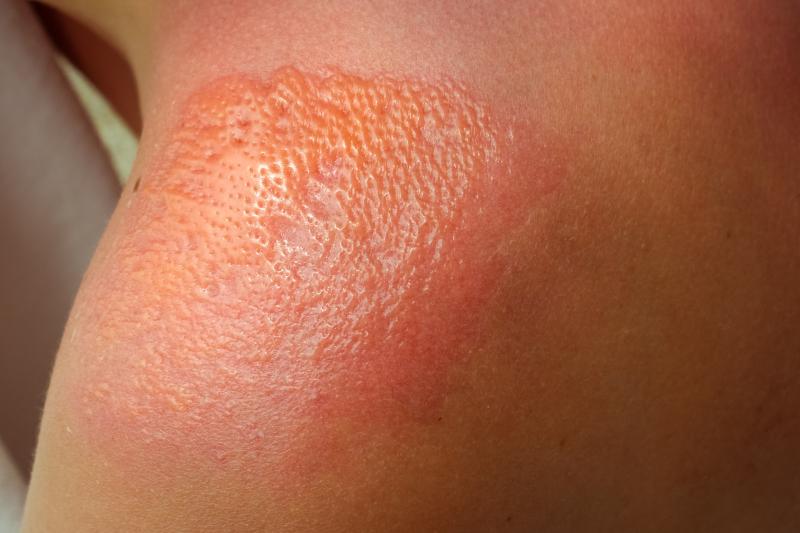
In adolescents with burn injuries, pain intensity and interference appear to be associated with physical and psychosocial impairments, a recent study has found.
Researchers assessed the cross-sectional and predictive interactions between patient-reported pain experience and physical and psychosocial outcomes. A total of 65 young people, aged 6–16 years at the time of injury, were recruited. Forty-five participants were available for follow-up 6 months after the injury, and 65 were present at the 12-month follow-up.
At the first follow-up, researchers saw a significant link between pain interference and pain intensity (p<0.001), as well as with impairments in the mobility domain of physical functioning (p=0.014). Pain intensity was also similarly linked with mobility (p=0.005).
At the second time point, pain interference remained significantly associated with pain intensity (p<0.001) and mobility (p=0.011), but interactions with depression (p=0.002), anxiety (p=0.007), and peer relationships (P=0.007) were detected. At this follow-up, pain intensity likewise showed emergent significant associations with depression (p=0.002) and peer relationships (p=0.049).
Longitudinal analysis further showed that pain interference at the first follow-up correlated significantly with depression (p=0.014) and worse per relationships (p=0.003) at the second follow-up, as well as with impaired physical mobility (p=0.036).
In addition, pain intensity at the first time point correlated with impaired mobility (p=0.036) at the second time point and with pain intensity (p=0.003).
“Given these findings, it may be that the cognitive aspects of the pain experience are an important future target for interventions with this population. Future research should continue to examine these relationships in order to confirm these findings and improve the overall treatment and long-term outcomes in this vulnerable population,” researchers said.